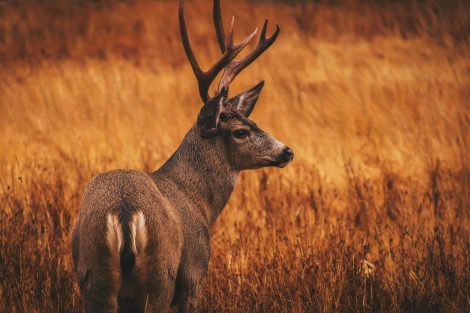Crossing the species barrier: COVID-19, an example of reverse zoonosis

At the start of the COVID-19 pandemic, the appearance and rapid spread of the disease across the world alarmed the public, scientists, and health professionals for its grave impact on human health. For those of us working in animal health, a different type of alarm bell was ringing. That of reverse zoonosis.
Back in February 2020, the first case of the COVID-19 virus in a dog was reported. Most likely the dog caught the virus from close contact with an infected owner, a case of ‘reverse zoonosis’ meaning that the virus had been passed from a human to an animal. Since then, the disease has reshaped our health landscape and made us reconsider the animal-human interactions with a multitude of species.
COVID-19 has been documented to affect 23 different animal species, putting at risk both animal and human health, wildlife conservation and biodiversity (according to the latest data, 31 May 2022).
WOAH has a list of diseases for which Members should notify our World Animal Health Information System (WAHIS) when they appear within their borders, so that we are better able to share transparent, global animal health information. SARS-CoV-2 in animals is considered an ‘emerging disease’ and was the 3rd most reported animal disease in 2021. Multiple times it crossed the species barrier, most often directly from humans to the affected species, impacting not only the health of our pets, but also farmed and zoo animals, and wildlife.
These spillovers led to adverse impacts on animal health, and in a longer view, human health and livelihoods. In late 2021, scientific research showed a high prevalence of the COVID-19 virus within white-tailed deer populations in North America, the first time that the virus was detected at population levels in wildlife. While occasional occurrences of COVID-19 in domestic or zoo animals show little long-term consequence, infections at wildlife population levels indicates the possibility of further evolution of the virus in animals, and a future reintroduction of the virus into humans at a later date. A worrying possibility. Especially since initial deer infections have been hypothesised to be linked to deer exposure to human trash or even direct contact, over several occasions. Events that are difficult to monitor and prevent.
Another notable reverse zoonosis example occurred with pet hamsters who were infected with the Delta strain of the COVID-19 virus, most likely from human contact. Unlike deer however, a hamster was confirmed to have transmitted the virus back to humans. Besides mink, it is the only species that has been documented to do so. Fearing it would increase the risk of transmission to humans, and in line with a zero COVID-19 policy in the place of infection, thousands of hamsters were culled to prevent further spread. As with other animals, such as white-tailed deer, the fear is that a new species could facilitate virus mutation and the emergence of new virus strains, threatening the health of possibly even more animals, and once again public health. However, currently, it is important to note that the main driver of international spread is still human-to-human transmission.
So, the question remains, what can we do to protect ourselves from future reintroductions of the virus into the human population? A first step is to avoid reverse zoonosis in the first place. By following appropriate and effective biosecurity measures when interacting with animals, or simply stated, enforcing proper handwashing before and after handling animals. Avoid touching wildlife at all and avoid leaving belongings or trash for them to find. Furthermore, those who are suspected to have, or confirmed to be infected with, COVID-19 should avoid close or direct contact with animals, including their pets.
Animals that are confirmed as having the COVID-19 virus should be reported to national authorities, and then to WAHIS, both of whom help keep our scientific understanding of animal cases factual and current. Only through monitoring the virus’s reach can we understand the full picture of animal and human health, and effectively predict and prevent future outbreaks of the disease. By taking these actions, we help ensure a more sustainable, healthier future for animals, and ourselves.
